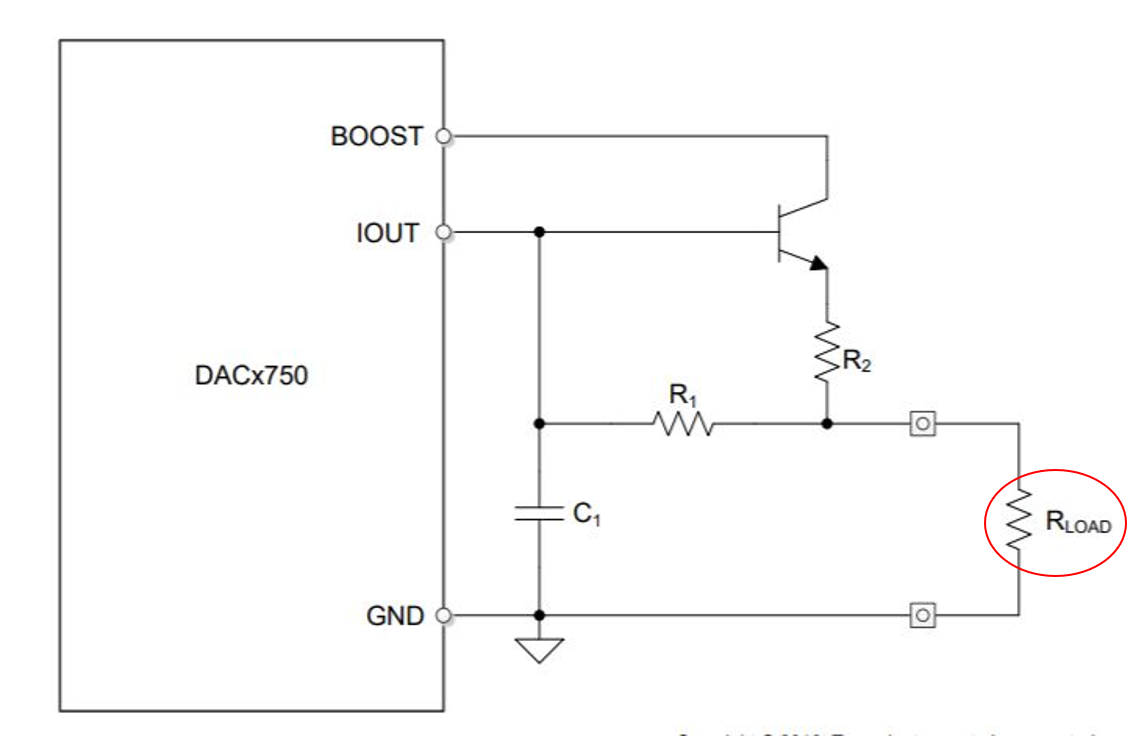Dear all,
I would like to ask about Rload in the following figure.
I have been asked by our customers how much Rload is acceptable.
The data sheet does not specifically describe the range of Rload, and only Rload = 300Ω is shown in the reference data.
What is the maximum allowable Rload?
Best Regards,
Y.Ottey


